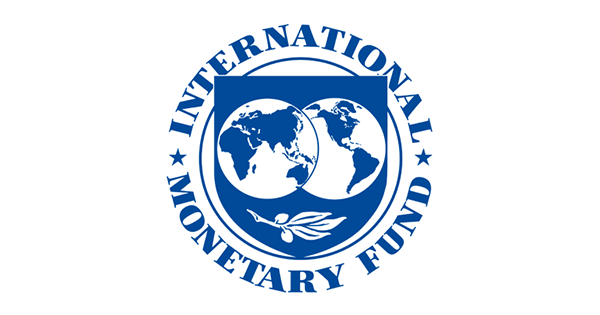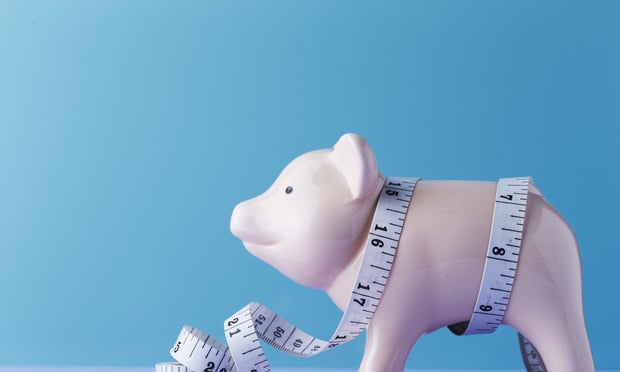Read More:
The Complex Relationship: Bond Prices and Interest Rates in the Real World
As the financial world constantly evolves, understanding the intricate dance between bond prices and interest rates becomes crucial for investors and economists alike. This captivating relationship serves as an intricate tango, with changes in one element directly influencing the other, leading to significant implications for the broader economy. Let’s explore this fascinating interplay and its real-world implications.
# The Core Principle: Inverse Linkage
At the heart of the bond market lies the principle of an inverse relationship between bond prices and interest rates. When interest rates rise, bond prices fall, and vice versa. This inverse linkage stems from the financial concept that newly issued bonds will offer higher yields to attract investors in a rising interest rate environment. Consequently, the value of existing bonds, which have lower yields, declines, making them less attractive to potential buyers.
# Short-Term vs. Long-Term Bonds
The dance between bond prices and interest rates becomes more complex when considering the varying maturities of bonds. Short-term bonds generally experience less price volatility compared to long-term bonds due to their shorter duration. In contrast, long-term bonds are susceptible to significant price swings when interest rates fluctuate. Investors holding long-term bonds in such situations may witness substantial gains or losses based on these fluctuations.
# Impact on Investors
The interplay between bond prices and interest rates has direct implications for investors. When interest rates drop, bond prices tend to rise. This dynamic presents an opportunity for investors to sell bonds they hold at higher prices and potentially reap profits. Conversely, when interest rates rise, bond prices decline, which may lead to losses if bonds are sold before maturity. Therefore, investors must carefully assess the interest rate environment to make informed investment decisions.
# Economic Effects
The relationship between bond prices and interest rates extends beyond the realm of individual investors. It has a profound impact on the broader economy as well. Fluctuating bond prices and interest rates affect borrowing costs for corporations, governments, and individuals, thus influencing consumption, investment, and overall economic activity. Moreover, central banks often maneuver interest rates to stimulate or cool down the economy, making this intricate tango pivotal in guiding monetary policy decisions.
# Current Landscape and Future Outlook
In recent years, central banks across the globe have adopted historically low interest rates to combat economic slowdowns caused by the COVID-19 pandemic. Consequently, bond prices have seen significant increases, as investors search for higher yields in a low-interest-rate environment. However, as economies recover and central banks gradually tighten monetary policies, interest rates are projected to rise, potentially leading to lower bond prices in the future.
In conclusion, the delicate tango between bond prices and interest rates holds considerable sway in the real world of economics. Understanding this intricate dance allows investors and economists to navigate the complex financial landscape. As we move forward, closely monitoring changes in bond prices and interest rates will provide crucial insights into the future trajectory of economies globally.

Read More:
- Sweeping public safety bill in D.C. aims to increase security, undoing past changes
- Get Ready for Enchanting Adventures in Season 4 with Witch Doctor
- Talk therapy shown to be effective in addressing psychological factors contributing to back pain
- Microsoft eliminates Android app integration on Windows 11
- Seven Years Later: Racing Game Enjoys Explosive Success on Steam Thanks to Epic Sale















+ There are no comments
Add yours